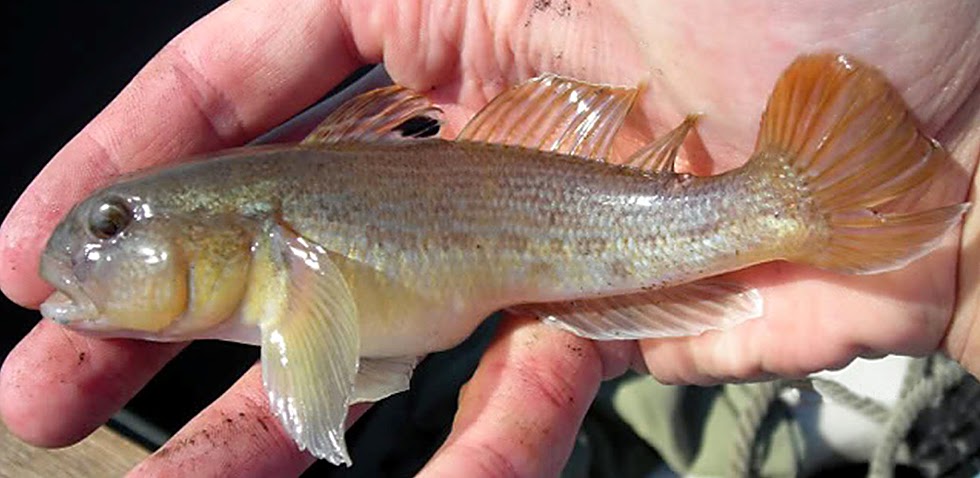Steady increases in property values have been a bonus for Erin residents when they want to sell their homes, but when county tax taxes are calculated, there is an extra price to pay for living close to the Greater Toronto Area.
Wellington County recently approved a tax increase that averages 2.8%, meaning an extra $18 for every $100,000 of a home’s assessed value. If all property values were increasing at the same rate, we would all pay an extra 2.8% in county taxes, but that is not the case.
The County has never reported the tax impact split by municipality in the past, but I asked Treasurer Ken DeHart to crunch the numbers.
“An average residence in the Town of Erin will experience a 3.1% increase due to the change in property assessment being higher than the County average,” he said.
Tax bills will vary based on individual properties, but the average assessed value of an Erin home was up 3.8% last year, compared to an average of 3.4% countywide. By provincial law, assessment determines the share of property taxes – the County and the Town have no authority to change the system.
Paying .3% above the county average may not seem like much, but over the years the differences in assessment have become quite dramatic, and Erin is not the highest. The average single family detached (SFD) home in Erin has gone from $444,572 in 2013, to $463,933 in 2014 and $481,394 in 2015.
The average SFD home assessment for Wellington County in 2015 was $372,956. Here are the averages by municipality:
Puslinch - $644,852;
Erin - $481,394;
Guelph-Eramosa - $450,361;
Centre Wellington - $342,817;
Mapleton - $308,628;
Wellington North - $221,778 and
Minto - $202,304.
It is important to remember that assessment growth does not directly result in tax increases. But with the county deciding it needs to collect $84.5 million in taxes this year (as part of a $185.8 million total budget), assessment determines the relative share for each taxpayer.
People are often shocked at how much money the county spends. In 2014 Wellington collected $12.5 million from Erin, 55.2% of total taxes. The Town of Erin collected $5.5 million (24.4%), while schools got $4.6 million (20.4%).
County roads and bridges make up the largest part of Wellington’s budget, but many expenses can be traced back to the downloading of the 1990s, when the provincial government forced counties to take over the cost of some major services. Those still account for more than $40 million on the annual tax levy.
The big-ticket items include:
It is important to remember that assessment growth does not directly result in tax increases. But with the county deciding it needs to collect $84.5 million in taxes this year (as part of a $185.8 million total budget), assessment determines the relative share for each taxpayer.
People are often shocked at how much money the county spends. In 2014 Wellington collected $12.5 million from Erin, 55.2% of total taxes. The Town of Erin collected $5.5 million (24.4%), while schools got $4.6 million (20.4%).
County roads and bridges make up the largest part of Wellington’s budget, but many expenses can be traced back to the downloading of the 1990s, when the provincial government forced counties to take over the cost of some major services. Those still account for more than $40 million on the annual tax levy.
The big-ticket items include:
• Rural OPP service ($17.3 million),
• The Farm Tax Rebate ($10.6 million),
• Social Housing ($4.3 million),
• Land Ambulance ($4 million),
• Former Provincial Highways ($3.7 million),
• Social Services and Childcare ($1.8 million) and
• Public Health ($2 million).
The relatively low amount of taxes paid on farmland, 25% of the regular rate, is a particular issue for municipal taxpayers. Farmland qualifies for the Farm Tax Rebate if it is actually farmed, generating at least $7,000 in gross income per year.
The rebate used to be paid by the province and shared through income taxes. When it was shifted to municipalities, provincial grants were supposed to cover the cost. Actual grants cover less than half, however, leaving county taxpayers to cover the balance. The net cost is $487 per household.
